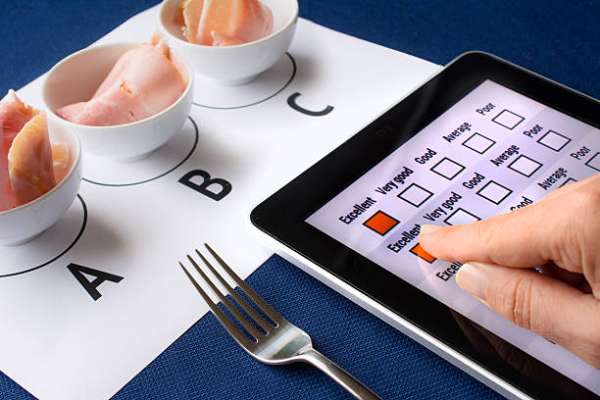Beans about water: soybeans and food science
What role do soybeans and soy products play in my everyday life?
Are soybeans everywhere? Really? Check ingredient labels in a variety of cookies, peanut butter, soups, chips, chocolate candy, microwave popcorn and other processed snacks. Many of the foods we eat include soy ingredients: soy protein, soy flour, soy grits, soy lecithin, and soybean oil. Use the 5E science instructional model with a series of experiments to explore the properties of water and answer the question: What makes “NesQuik™” quick? See teacher background →
# Beans About Water using the 5 Es
- Engage students with an experiment about surface tension.
- Explore with 4 experiments to learn about the effects of soy lecithin and surfactants.
- Explain by asking students to demonstrate or model the effects of surfactants.
- Elaborate by researching new soy-based products using various properties of soybeans.
- Evaluate by experimenting with chocolate milk mix.
Files
Teacher background
Soybeans are used in biology, chemistry, food technology and engineering. Many new products are being developed by soybean scientists. The specific properties of soybeans can be used in development of new uses and applications. Soy lecithin is extracted from soybean oil and is probably best known for its emulsifying properties, giving consistent texture to dressings and other creamy products and helping to solidify margarine. Lecithin is also used in chocolates and coatings and to counteract spattering during frying. Additionally, its molecular structure makes lecithin useful for pharmaceutical and cosmetic applications and various industrial uses such as paints, textiles, lubricants and waxes.
Next gen science standards
Science and engineering practices
- Developing and using models
- Analyzing and interpreting data
Crosscutting concepts
- Cause and effect
Disciplinary core ideas/content
- PS1B Chemical reactions
- PS2B Types of interactions





Share this